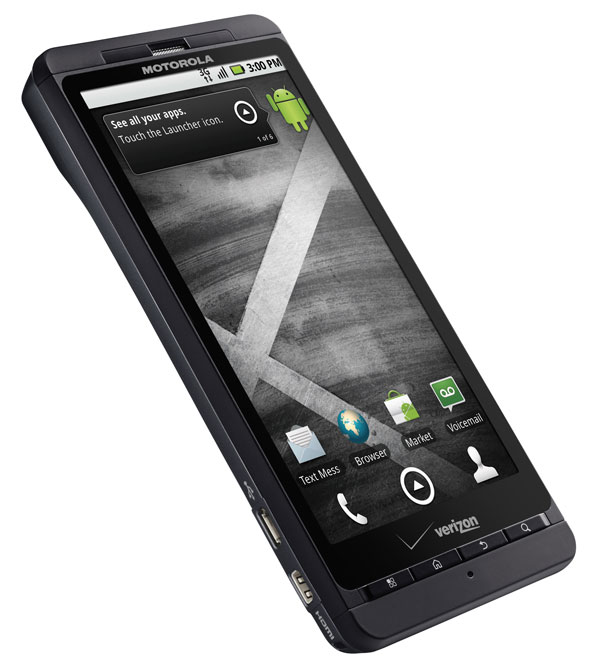

Remember Microsoft Kin, the little (smart)dumbphone that could? Well Microsoft has decided to scrap it and focus entirely on Windows Phone 7. Here’s the official statement:
“We have made the decision to focus exclusively on Windows Phone 7 and we will not ship KIN in Europe this fall as planned. Additionally, we are integrating our KIN team with the Windows Phone 7 team, incorporating valuable ideas and technologies from KIN into future Windows Phone releases. We will continue to work with Verizon in the U.S. to sell current KIN phones.”
The major reason why Kin is being shut down is sales, or lack thereof. Though Microsoft never mentioned how many handsets were sold, they neither confirmed nor denied a rumor that a mere 500 Kin devices have sold thus far. Shortly after slashing the prices of Kin One and Kin Two to $29.99 and $49.99, respectively, Microsoft abruptly made the decision to cancel what was forever rumored as “Project Pink” for good.
Besides terrible sales figures, Engadget has a scoop that pretty much says Kin was doomed from the start. Internal bickering between two Microsoft employees who had differernt visions for the company’s place in the mobile space ultimately sparked the eventual fall of Kin. Here’s the short of it: In 2008 Microsoft bought Danger, the company behind the original Sidekick phone. In collaberation with Danger folk, Microsoft created what was then known as Project Pink. It was headed by now ex-Microsoft employee J Allard. Allard envisioned the Kin line of devices and services separate from Windows Mobile, but Windows Mobile head Andy Lees had different plans. Lees found Kin a distraction from what he believed was more important (the formation of Windows Phone 7), managed to take away Kin from Allard, and that’s when the phone was released into the wild. It was put out on the market under a Microsoft mobile head who was not one-hundred percent invested in the product. Hence, it was doomed from the start.
In the end, Microsoft (and Verizon) really didn’t do a great job at pricing and marketing the phone properly. Kin was aimed at what Microsoft called “generation upload” (aka tweens and teens) who are constantly texting and social networking on Facebook. The two devices were originally priced at $99 & $49 each, with monthly data plans costing $29.99/month (and that’s on top of a talk plan). These devices were way out of the price range for the phone’s target demographic. That’s no way to price a feature phone. And don’t get me started with that terrible fake hipster marketing campaign! Anyway, now that Kin is dead I hope that the custom software and services it introduced find their way into Windows Phone 7, as Microsoft promises. The Kin Loop and Kin Spot made for an interesting take on managing social networks, but it’s the Kin Studio that held the most promise. The ability to archive all of your phone’s content to the cloud and access it on any PC in a browser is a genius idea, one that I hope gets utilized with WP7 devices. Continue reading Microsoft Kin is no more, T-Mobile Sidekick discontinued





















